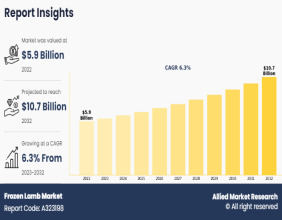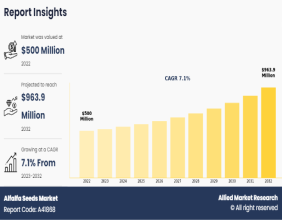Highlights
- Warby Parker continues to attract significant institutional participation
- Price movement has reflected broad sentiment shifts in the retail segment
- High equity ownership signals strong engagement from asset managers
Warby Parker Inc. (NYSE:WRBY) operates within the consumer retail sector, focusing on eyewear solutions that blend design, affordability, and accessibility. The company has carved a niche in direct-to-consumer models, offering prescription glasses, sunglasses, contact lenses, and vision tests via its omnichannel strategy. With both digital and physical touchpoints, Warby Parker addresses evolving consumer preferences across the U.S. and beyond.
Its business footprint and brand visibility often place it within broader conversations about market behavior, especially as it relates to peer benchmarks in equity discussions, including trends associated with the s&p 500 fund.
Stock Movements and Market Standing
The company's stock has experienced movement across a wide range, reflecting varied sentiment over time. Though price fluctuations have occurred within the typical bounds of market volatility, Warby Parker maintains a market cap consistent with mid-cap profiles. Its valuation structure highlights a dynamic environment where operational efficiency and profitability metrics are under scrutiny.
These factors frequently shape comparisons to broader benchmarks like the s&p 500 fund, particularly among those tracking retail performance within equity baskets. While Warby Parker is not part of that index, its financial behavior aligns with several market themes represented there.
Institutional Participation and Equity Distribution
Warby Parker's shareholder base includes a large share of institutional firms and hedge funds. Collectively, these stakeholders account for a majority portion of the outstanding shares, highlighting steady market interest. Among the most notable shifts, Comerica Bank and NewEdge Advisors LLC made material changes in their share allocations during recent reporting periods.
Such movement reflects the strategic patterns asset managers apply when evaluating sector-relevant businesses. Companies like Warby Parker that show operational reach and brand identity often feature in comparative models, including discussions surrounding the s&p 500 fund.
Business Model and Sector Relevance
Warby Parker has built its platform on a vertically integrated framework, covering design, production, and distribution. This approach enables tighter cost control and consistency in customer experience. The brand also maintains a socially conscious dimension through programs aimed at providing vision solutions to underserved communities.
This dual focus on scale and mission-driven delivery resonates with broader market movements, particularly those seen in the consumer discretionary segments of widely followed benchmarks, including components influencing the s&p 500 fund.
Market Signals and Comparative Interest
While Warby Parker continues to refine its positioning amid a competitive retail environment, its activity remains aligned with thematic shifts observed in large-cap performance indicators. For observers tracking institutional sentiment or behavioral momentum across market indices, the stock presents characteristics that mirror certain consumer-driven names featured in the s&p 500 fund.




